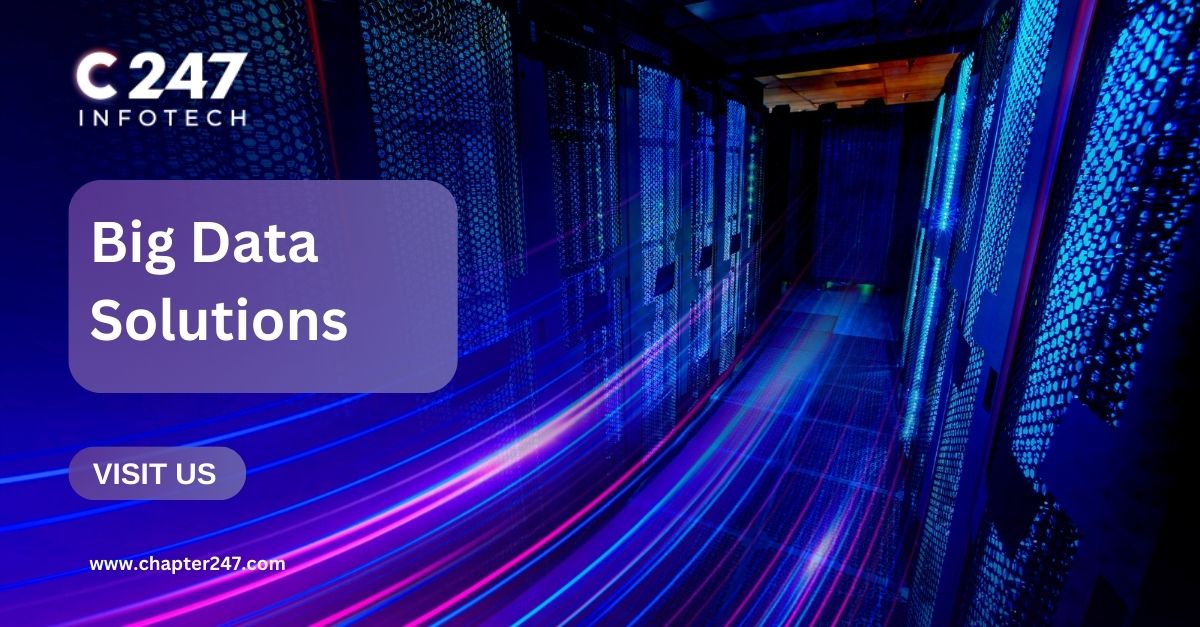Today, there is a vast amount of data known as big data that is increasing at an exponential rate. Technology advancement is growing faster each day. As estimated by IDC, by 2025, the world will be producing 463 exabytes daily.
The public has entered this age where data production has become a norm, thus demanding stable storage systems. Some of the alternatives include the Hadoop Distributed File System (HDFS), the NoSQL database, and object storage.
Each has peculiarities and benefits that set them apart from some other type of printing press. Hence, these storage options ail and discuss their advantages and utilization.
Exploring Of Hadoop Distributed File System
Apache Hadoop is one of the most popular and successful paradigms for ample data storage and processing. HDFS is at its core. It will place large data sets in the database and ensure their reliability.
It divides the files into large chunks or blocks and distributes them across cluster nodes. This design enables a high throughput and fault tolerance for the system.
Also, in a particular survey, the global market for Hadoop is predicted to reach $84 by 2022, as stated by Allied Market Research. From 595 million in 2016, it is expected to reach 6 billion by 2021 (Allied Market Research, 2016).
HDFS offers several benefits:
- The program, especially its extended version, is suitable for big data applications due to its capability of processing big files.
- One of the unique features of HDFS is that it is distributed, which creates replicas of data in nodes.
- It offers data redundancy, which makes the information accessible, even if some of the nodes are non-operational.
- It also plays well with other components in Hadoop, such as MapReduce, and thus constitutes a vital part of the Hadoop ecosystem.
The Rise Of NoSQL Databases
There are several reasons for using NoSQL databases, among them adaptability and horizontal scalability. While NoSQL databases differ from other types of databases, they do not follow the relations model of data organization.
They are flexible and, therefore, able to process unstructured data or data that has not been organized. The NoSQL market is expected to grow from $3.4 billion in 2018 to $22.08 billion by 2026 (Fortune Business Insights, 2019).
Based on the characteristics of handling data, there are four central NoSQL databases: document, critical value, column family, and graph databases. Document-oriented databases such as MongoDB use structures based on JSON documents to save information. It involves a format that affords flexible and dynamic schemata.
It is suitable for efficient get-and-put operations since it eliminates flexibility and provides excellent performance. Studies have shown that column-family stores such as Apache Cassandra are oriented towards many writes and reads per second. This is where some of the graph databases, such as Neo4j, shine by featuring strong relationships between entity data.
Object Storage Flexibility
Object storage is the contemporary model developed for storing large amounts of unschematized data. It retains records as objects that include the record content, the record attributes, and the record ref ID. According to Gartner, the object storage market is also projected to increase at a compound annual growth rate (CAGR) of 23% from 2020 to 2025.
One of the benefits offered by object storage is that this solution guarantees that the overall amount of storage will grow with the needs of the enterprise. Object storage deployments are designed to gracefully scale out by simply adding more nodes, so they can be huge.
This scalability makes object storage well-suited for applications primarily in media streaming, backup, and big data. Moreover, object storage systems usually include features for defining, modifying, and utilizing a broad set of metadata to provide proper management and easy access to the objects.
Object storage also has economic benefits. Object storage is usually cheaper than traditional file or block storage options. This makes it a good choice for organizations that need a lot of storage space. Object storage systems are more flexible. They can also be connected to other cloud services if required.
Comparing Hdfs, Nosql, And Object Storage
These three storage solutions all have their advantages and disadvantages:
- Many input/output operations in HDFS and level data redundancy make it highly fault-tolerant for large files.
- However, the write operations it migrates can only be effectively written in bulk, not in individual instances, so it is unsuitable for cases requiring frequent write operations. NoSQL databases offer certain freedoms with the option of horizontal scaling, which is favorable when processing non-relational data.
- Moreover, they can degenerate into systems lacking traditional relational databases’ data consistency guarantees. Although object storage costs less and can scale quickly to manage large heaps of unstructured data, block storage is still considered more stable for many uses.
- It doesn’t scale for heavy transactional workloads suitable for OLTP systems. It doesn’t scale for high-quantity transactional workloads of OLTP systems.
- Therefore, organizations must analyze the requirements of their big data solution of interest when choosing the proper solution. Other attributes, such as the amount of data, workload characteristics, and organizational costs, will determine the nodes for selection.
At other times, it may be more effective to use a combination of these storage options to suit the particular business and the nature of its data. For instance, an organization may utilize HDFS for extensive data analysis, NoSQL for unstructured data, and object storage for backup and records.
Future Developments In Large Data Storage
Big data storage remains a hot topic, and many trends are expected to influence its future. As reported by Verified Markets, the block storage market size is expected to increase from $3.87 billion in 2019 to $8.25 billion in 2027.
Mobile device management is another significant trend: increasingly, organizations are turning to cloud storage. AWS, GCP, and Microsoft Azure are the known cloud providers that provide reliability and flexibility in storage solutions depending on usage.
Both cloud-based solutions can offer a combination of on-premises storage, with its dependability and own impediments to sharing.
Conclusion
Big data storage is critical to modern data management. HDFS, NoSQL databases, and object storage each offer unique benefits and challenges. Organizations must carefully consider their specific needs and workloads when choosing a storage solution. Staying up-to-date on the newest developments in storage technology can help organizations. This can ensure that organizations are prepared to manage the increasing amounts of data in the future. Chapter247 specializes in HDFS, NoSQL databases, and object storage solutions tailored to meet your unique needs.







